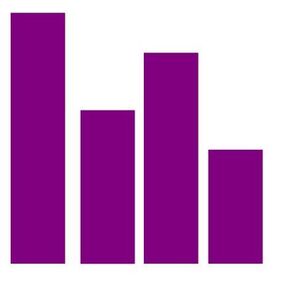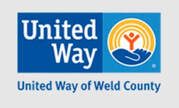Learn More About Domestic Violence
On a typical day, there are more than 20,000 phone calls placed to domestic violence hotlines nationwide. Domestic violence is a scary reality for many individuals every day. This violence may be physical, emotional, psychological, digital, sexual, economic, verbal, or spiritual. No matter the type or severity, domestic violence is never acceptable. If any of the following information is triggering or relevant to your situation, please call A Woman's Place today.
24/7 Crisis Line: (970) 356-4226 Toll Free: (866) 356-4226
24/7 Crisis Line: (970) 356-4226 Toll Free: (866) 356-4226










